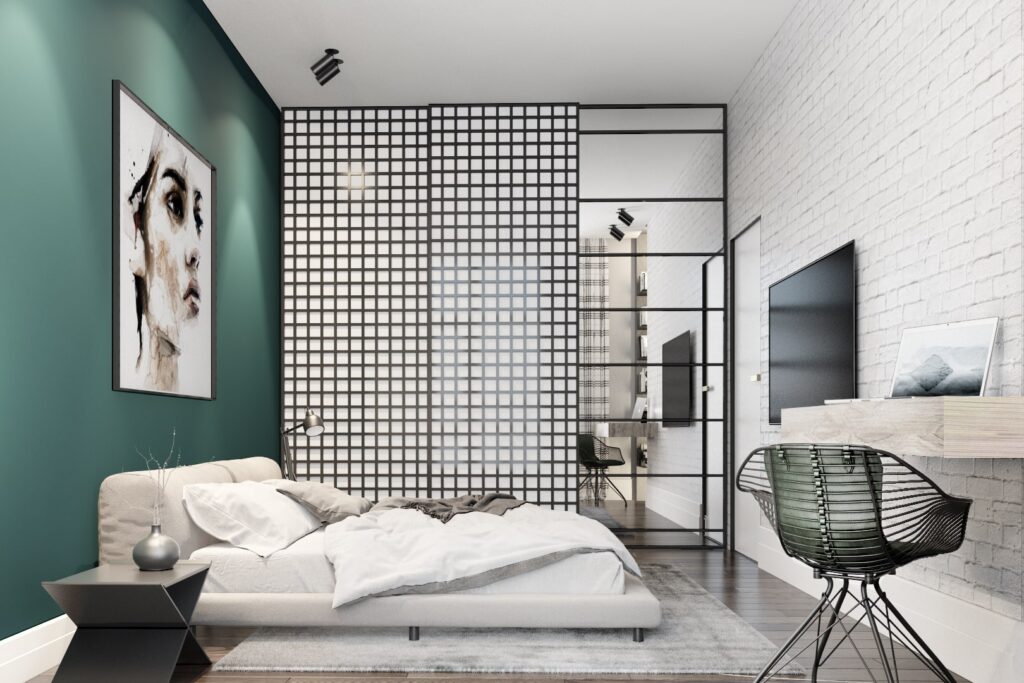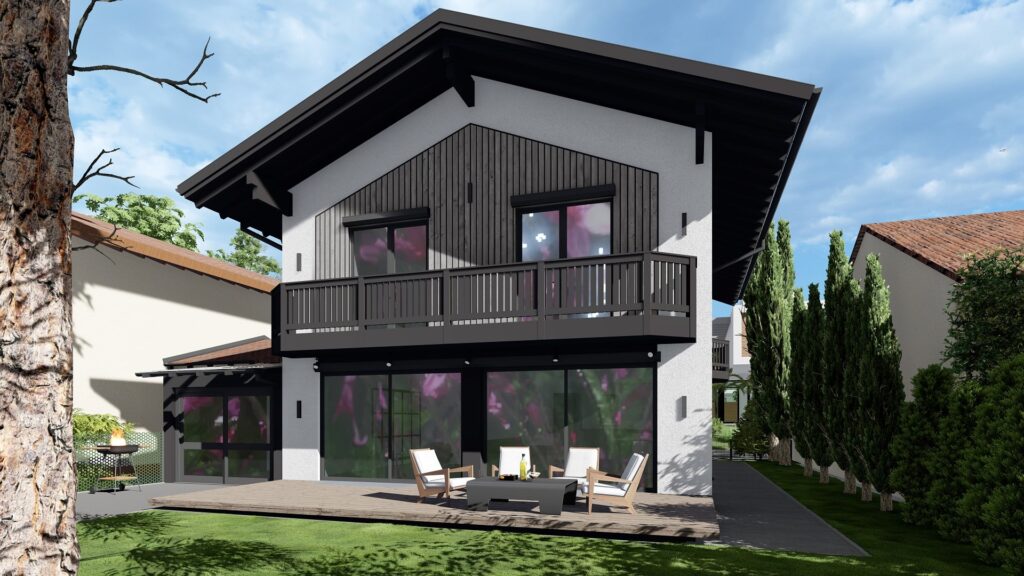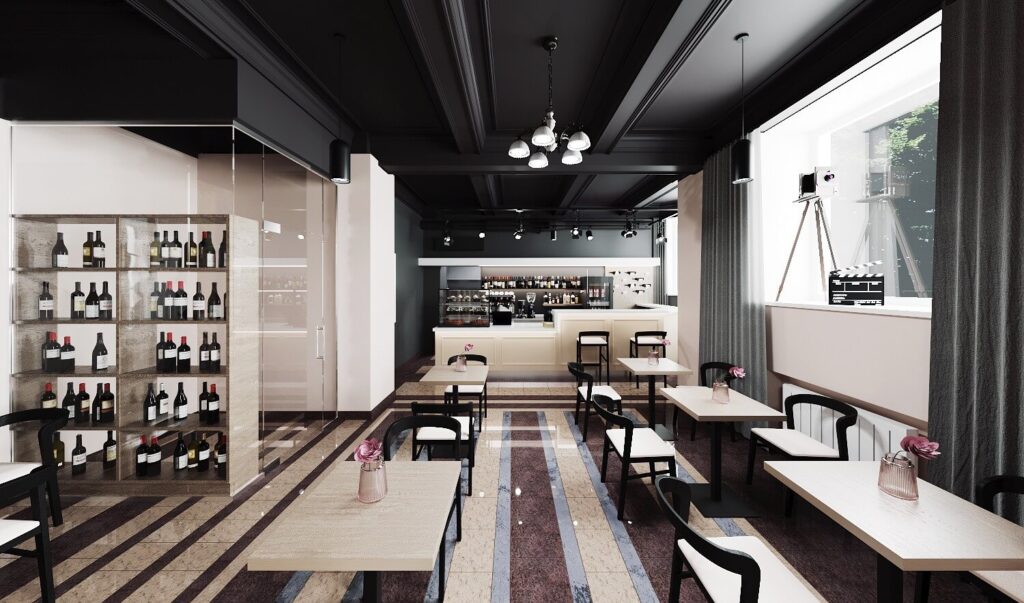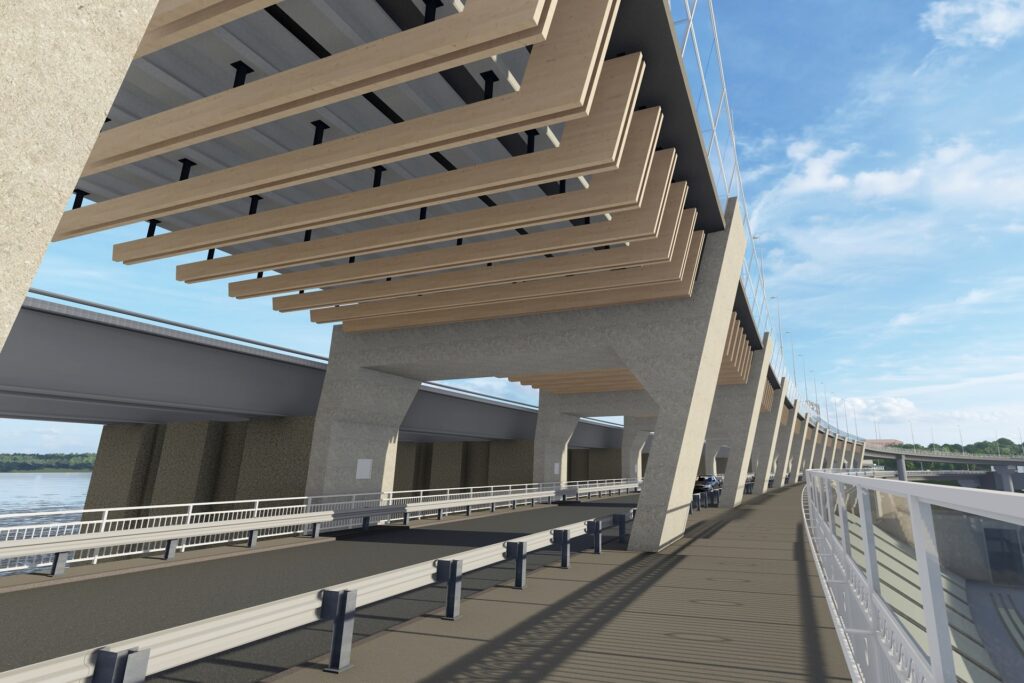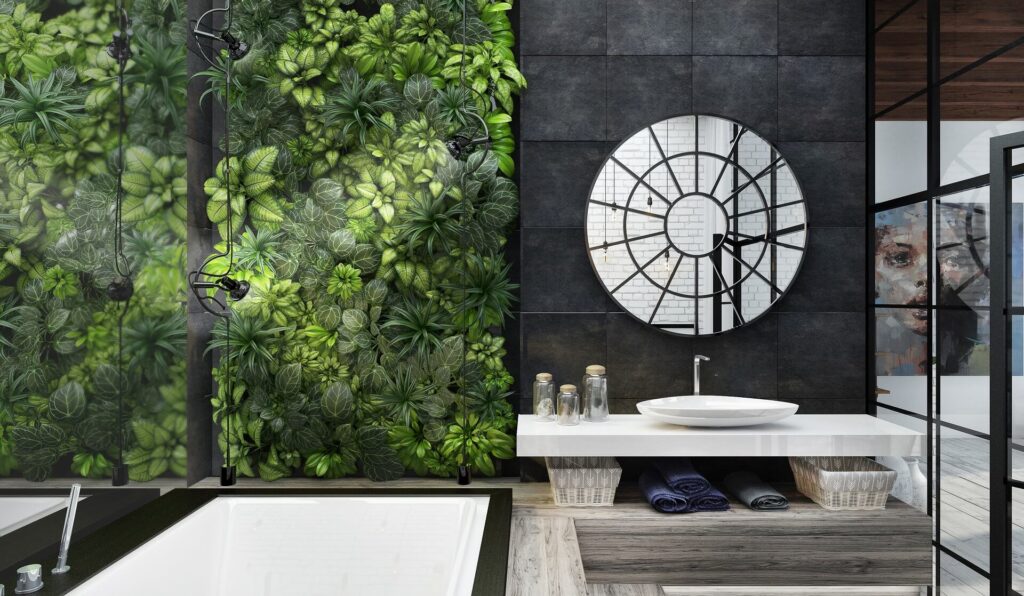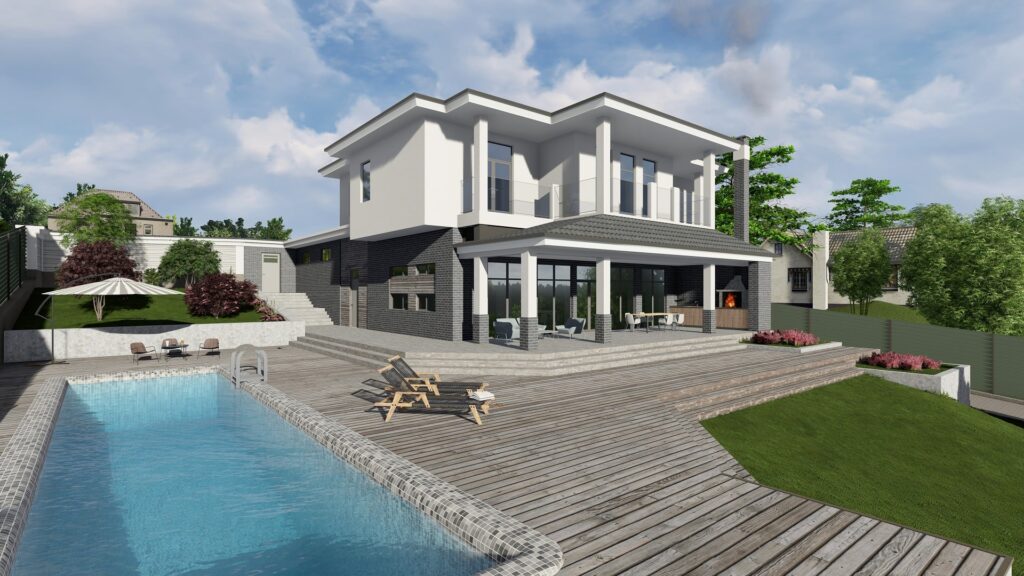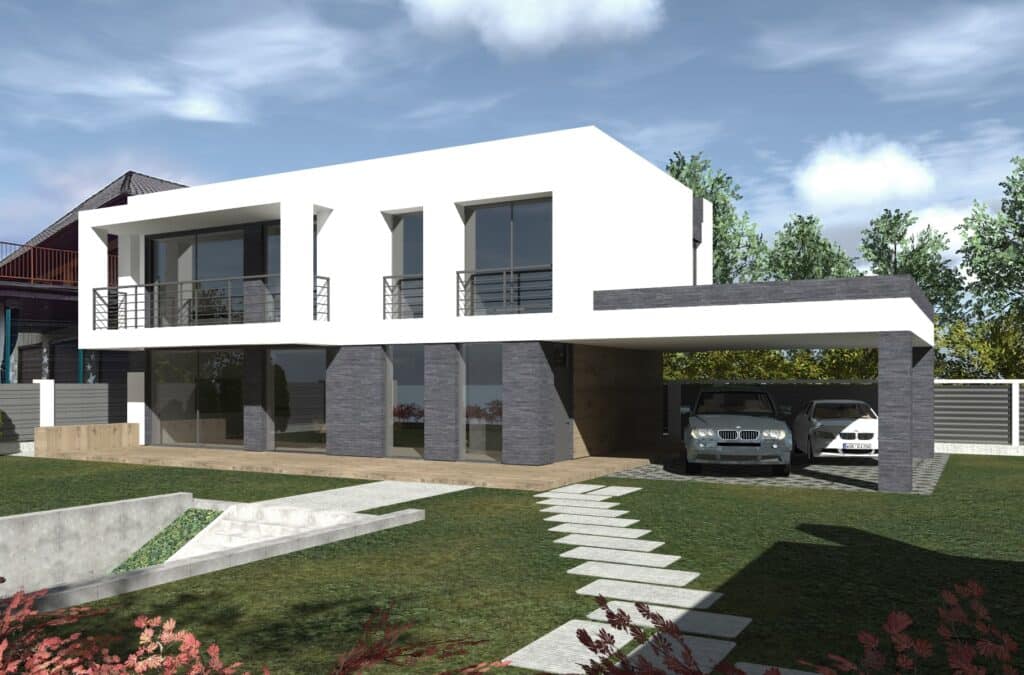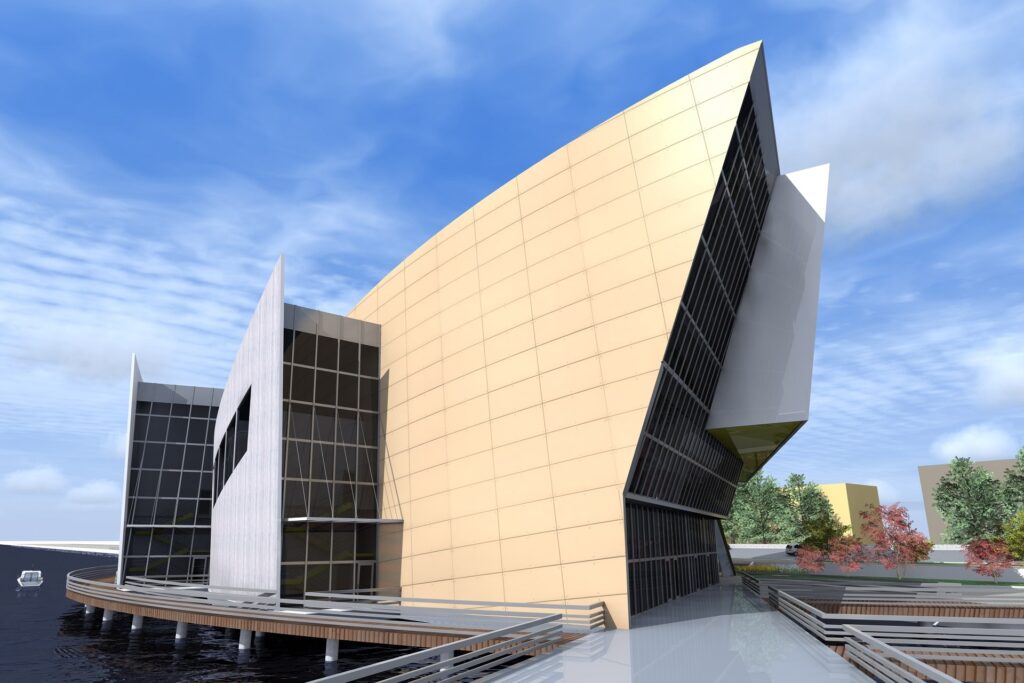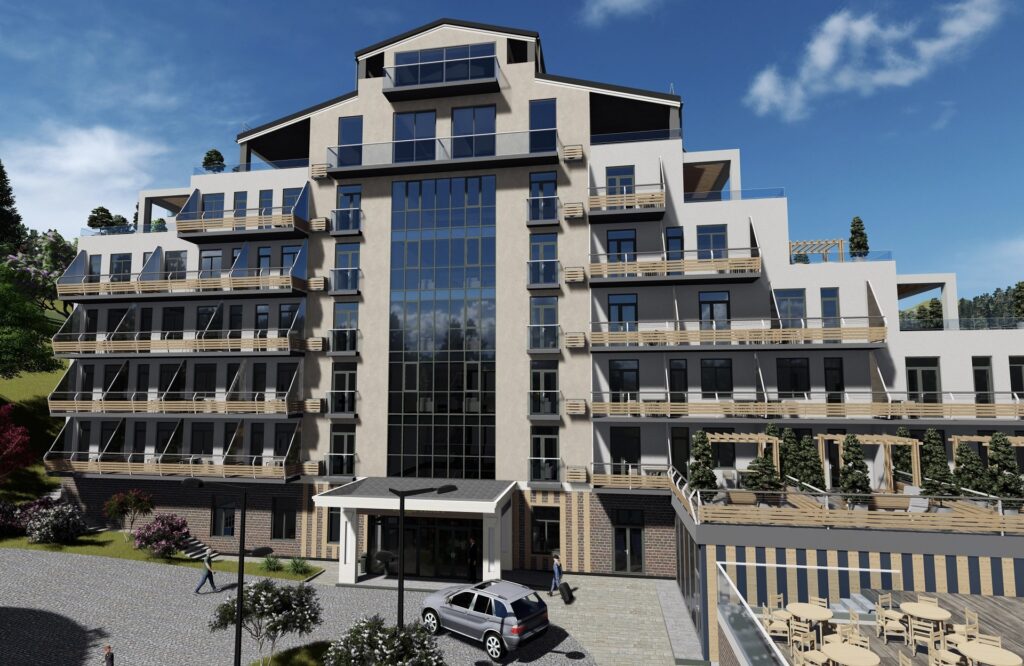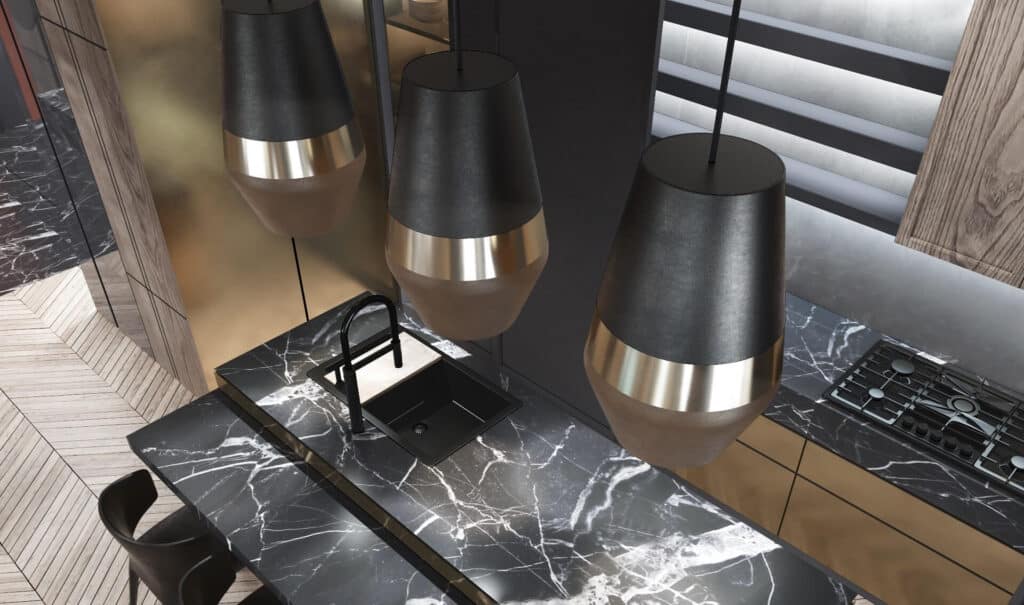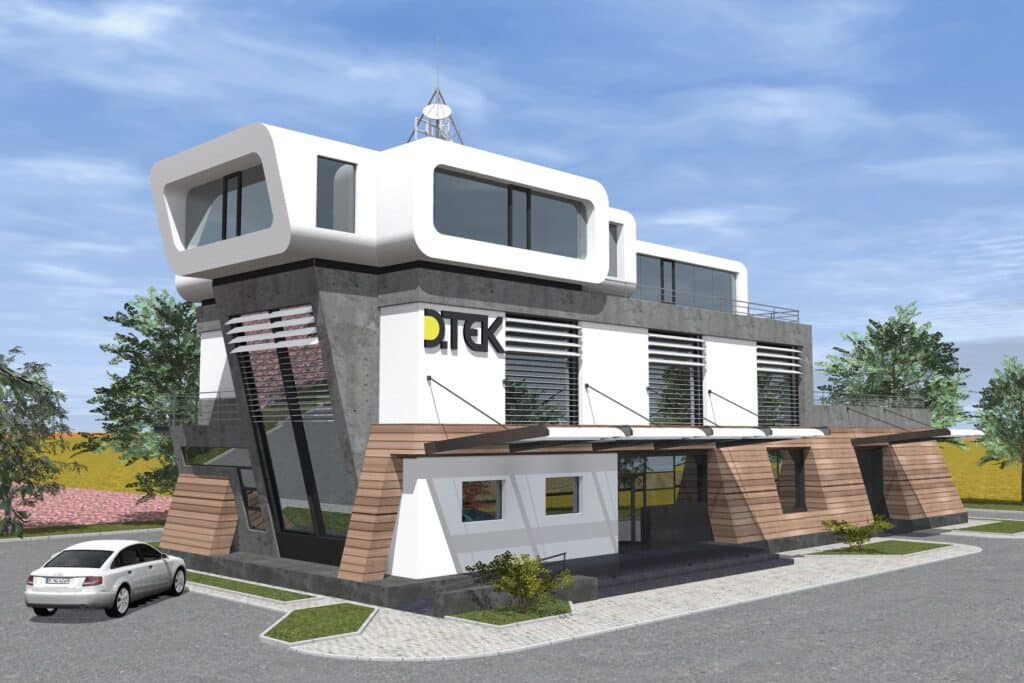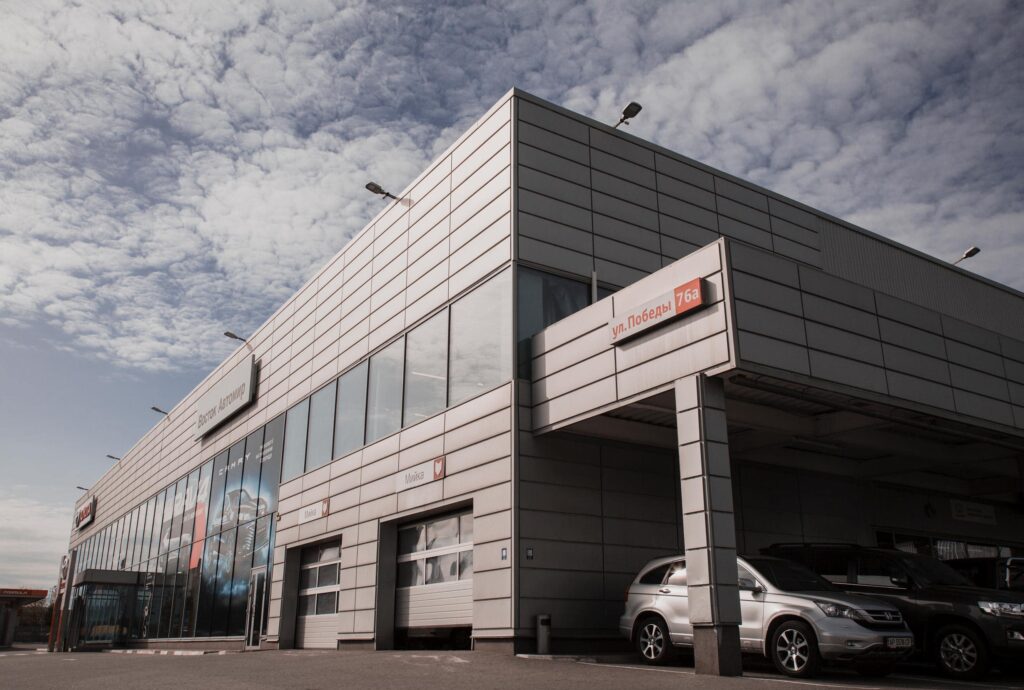The Role of Research in Creating Unique Design Projects
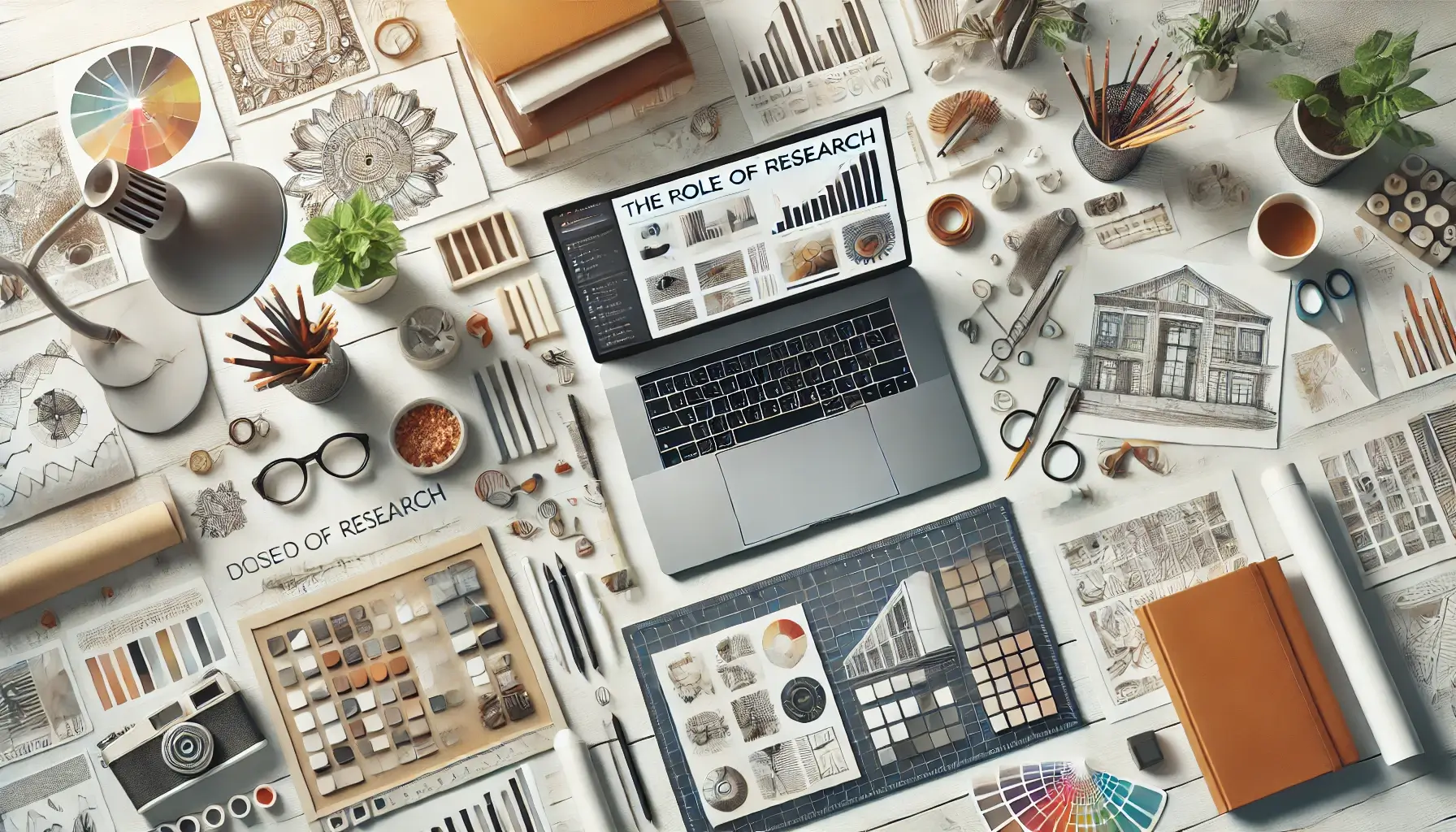
In the world of design and architecture, innovation and uniqueness are pivotal. As a designer, my aim is to craft spaces that are not only aesthetically pleasing but also functional and harmonious. Research plays a crucial role in this creative journey, forming the bedrock upon which every innovative concept is built. Through a combination of thorough analysis, exploration, and creativity, I endeavor to transform initial ideas into exceptional design projects.
Understanding the Client’s Vision 🎯
To create a unique design, it is imperative to first understand the client’s vision. This initial stage involves in-depth discussions and analyses to comprehend their needs, preferences, and objectives. By identifying key elements that matter most to the client, I am able to tailor the project to meet their expectations.
- Client Interviews: Engage in comprehensive dialogues to grasp their desires and priorities.
- Questionnaires: Utilize structured questionnaires to gather detailed information about the client’s lifestyle and functional needs.
- Mood Boards: Create visual collections that reflect the client’s style and preferences, aiding in aligning the vision.
By aligning my creative process with the client’s vision, I ensure that the final design not only meets but exceeds their expectations, resulting in a personalized and unique outcome.
Exploring Site-Specific Characteristics 📍
Every project site has its own unique characteristics, which must be thoroughly analyzed before drafting a design. This involves evaluating various aspects such as location, topography, climate, and existing structures. Understanding these elements is crucial to creating a design that is both sustainable and harmonious with its surroundings.
- Site Visits: Conduct detailed site visits to gather firsthand information about the location.
- Environmental Analysis: Study climatic conditions, sunlight patterns, and natural landscapes.
- Historical Context: Investigate any historical or cultural significance that may influence the design.
This comprehensive research allows me to create designs that are not only visually striking but also contextually appropriate, enhancing the project’s overall impact.
Leveraging Technological Tools and Resources 🛠️
Incorporating the latest technological tools and resources is an integral part of the research process. These tools aid in visualizing concepts, analyzing design feasibility, and enhancing creativity. From advanced design software to virtual reality simulations, technology plays a significant role in shaping unique design projects.
- 3D Modeling Software: Use tools like SketchUp and AutoCAD to visualize and refine design concepts.
- Virtual Reality: Employ VR technology to provide immersive experiences, allowing clients to explore designs before finalization.
- Data Analytics: Utilize analytics to evaluate design efficiency and sustainability outcomes.
By integrating technology into the research process, I am able to explore innovative design solutions and present them in a compelling manner.
Cultural and Historical Research 📜
Cultural and historical research enriches the design process by providing insights into the traditional and societal contexts of a project. This research is vital for projects aiming to incorporate historical motifs or blend contemporary designs with cultural elements.
- Cultural Studies: Examine local traditions, art, and architecture to draw inspiration.
- Historical Research: Delve into the history of the area or building to uncover stories that can be woven into the design narrative.
- Community Engagement: Involve local communities to ensure the design resonates with cultural values.
Integrating cultural and historical elements not only adds depth to a design but also fosters a sense of belonging and identity within the space.
Material Exploration and Innovation 🔍
Selecting the right materials is a critical aspect of the design process. Researching new materials and innovative applications is essential to creating unique and sustainable designs. This involves staying updated on material trends, understanding their properties, and experimenting with unconventional uses.
- Material Libraries: Explore vast collections of materials to discover new possibilities.
- Sustainability: Prioritize eco-friendly materials that contribute to a sustainable design.
- Experimental Applications: Test new ways to use traditional materials for innovative effects.
Material exploration fuels creativity, enabling the creation of designs that are not only unique but also responsible and forward-thinking.
Design Prototyping and Testing 🧪
Prototyping and testing are vital components of the research phase, allowing for the evaluation of design concepts in real-world scenarios. This step ensures that the designs are functional, user-friendly, and aesthetically pleasing.
- Scale Models: Construct physical models to explore spatial relationships and proportions.
- User Testing: Gather feedback from users to refine and enhance design elements.
- Iterative Design: Continuously refine prototypes based on testing results and feedback.
Through rigorous prototyping and testing, I ensure that every aspect of the design is meticulously crafted to achieve the desired outcome.
Reflecting on Post-Project Analysis 📈
The conclusion of a project marks the beginning of a reflective phase where I analyze the outcomes and identify areas for future improvement. This involves evaluating the success of the design in meeting its objectives and learning from the insights gained.
- Performance Analysis: Assess the design’s functionality, aesthetics, and user satisfaction.
- Feedback Gathering: Collect feedback from clients and users to gain diverse perspectives.
- Continuous Learning: Use the insights to refine design processes and inform future projects.
Post-project analysis is crucial for continuous growth and innovation, reinforcing my commitment to excellence in every design endeavor.
In summary, research underpins every stage of the design process, guiding the transformation of initial concepts into unique and groundbreaking projects. By emphasizing research, I am able to push the boundaries of creativity and craft designs that are not only visually stunning but also deeply resonant with their intended purpose.

